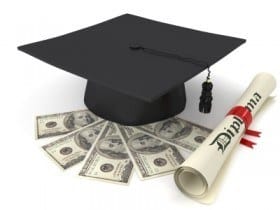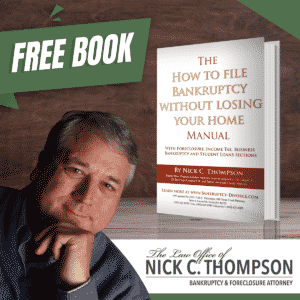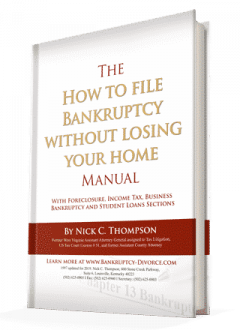School student loan defaults and the liability of colleges for defaults is a hot topic. The average student loan default rate for four year schools is 25% for two year schools it is 35% and for private colleges it is about 45%. About 14% of student loans default within three years even though deferments and forbearances exist. For the first 3 years the default cohort rated at an unreasonably low figure. The rate rapidly rise after that when deferments and other programs run out.
Schools and Student Loan Default
 Under present court rulings only borrowers are liable for the loans which promised high pay for essentially worthless career degrees such as cake baking. A school may commit fraud, but the loan which is owed is still due to the lender. Often this leaves Department of Education in the position of holding noncollectable loans. For years people have proposed that schools should also be on the hook for worthless degrees.
Under present court rulings only borrowers are liable for the loans which promised high pay for essentially worthless career degrees such as cake baking. A school may commit fraud, but the loan which is owed is still due to the lender. Often this leaves Department of Education in the position of holding noncollectable loans. For years people have proposed that schools should also be on the hook for worthless degrees.
⎆ College liability and the student borrower’s bill of rights.
Elizabeth Warren (D-Mass.), Jack Reed (D-R.I.), and Dick Durbin (D-Ill.) have proposed a student borrower’s bill of rights requiring servicers to offer affordable student loan repayment terms. But the strongest reforms are suggestions that schools with lots of defaults will have to compensate the government or lose the right to student loans. These reforms are proposed in the Protect Student Borrowers Act of 2013 and 25% of most schools. Minority and community colleges would be unaffected. Penalties would range on a sliding scale from 5 to 20% of the defaulted student loans for defaults from 15-30%. For years schools have offered deferments and forbearances to insure loans didn’t go into default but when the number of deferments runs out and students still can’t pay default eventually occurs.
These proposals impact for-profit colleges the most which have the highest default rates. For profits have the strongest sales teams which target minorities. For profits schools claim their degrees will result in high paying jobs although their degrees are inferior the incomes of community and 4 years schools. When these promises fail, for profit loans fall into the highest default rate. Because of this DOE has proposed schools refund loans if the students don’t earn enough to repay.
Debt is becoming a factor in school performance and federal ratings for colleges, which should tie into the federal student aid a college receives. These bills face stiff resistance by the schools however and they are unlikely to pass just as the proposed change to make private loans dischargeable was not passed.
 Resources for Student Loans
Resources for Student Loans
Student Loan Bankruptcy Law Reform
Current Student Loan Interest Rates
History of Student Loans in Bankruptcy
What is the Student Loan Brunner Test?
Student Loan Bankruptcy Qualifications
Do you need help managing your student loan? Contact my office right away to start the conversation. Nick C. Thompson, Attorney: 502-625-0905


